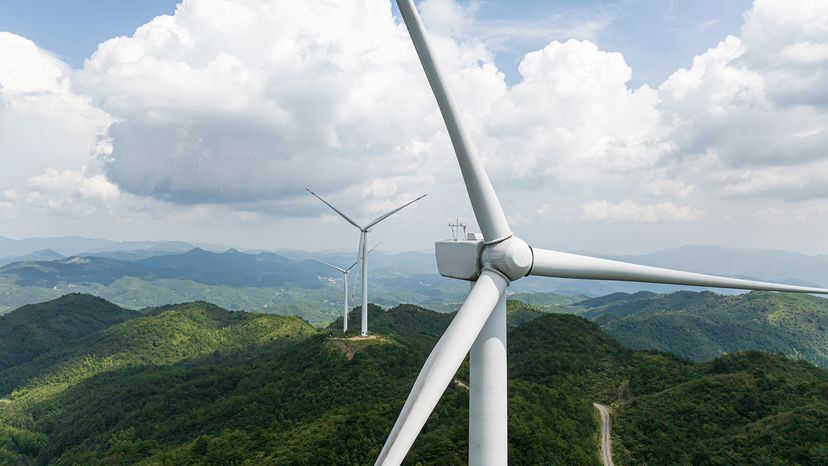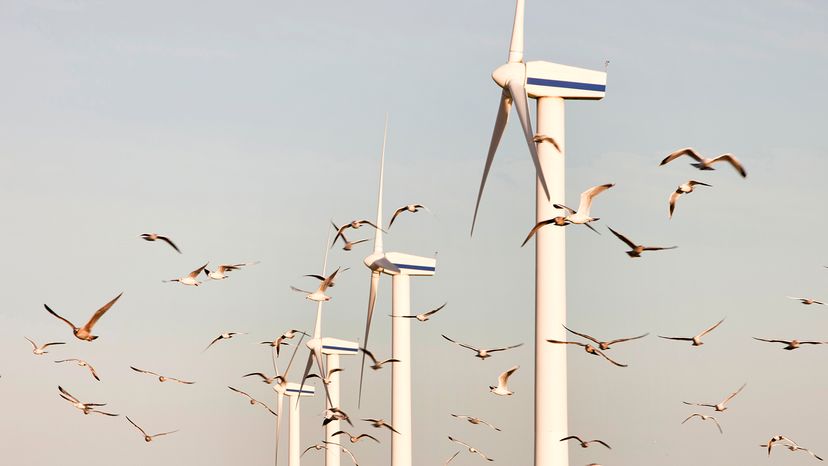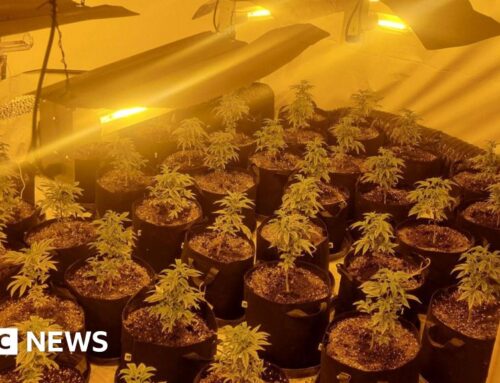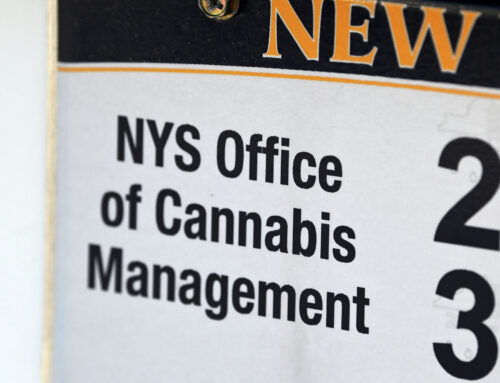How Many Birds Are Killed by Wind Turbines, Really?
April 14, 2025
By: Zach Taras
|
Apr 14, 2025

 ”
”
Wind energy is a cleaner alternative to fossil fuels, but people still ask: How many birds are killed by wind turbines?
It’s a common concern in the world of renewable energy, especially when it comes to protecting vulnerable bird populations. While wind turbines kill birds, it’s important to dig into the numbers and the context behind them.
Numbers and Context: It’s Always Going to be Relative
So, how many birds are killed by wind turbines each year? Studies published in journals like Nature Communications and data from the Fish and Wildlife Service estimate that hundreds of thousands of birds are killed annually in the U.S. alone.
But here’s the twist: Many birds also die due to other hazards like power lines, feral cats, domesticated cats (which kill birds into the billions) and even windows.
And when it comes to other sources of electricity generation, such as burning fossil fuels, the contrast is stark.
Comparing Bird Deaths Across Energy Sources
Let’s talk scale. While wind facilities do result in some bird fatalities, fossil fuel power plants are linked to far more wildlife deaths, including birds. The burning of fossil fuels leads to acid rain, climate change and health impacts that affect entire bird populations.
According to the MIT Climate Portal, which draws upon research from Energy Information Administration (EIA) and other sources, the bird mortality rate per unit of electricity is much lower for wind power than for traditional energy production methods.
In other words, the cleaner energy choice often results in fewer long-term threats to birds overall.
Which Birds Are Most at Risk?

 ”
”
While not all bird species are equally affected, some particular species are disproportionately affected by wind turbines. Raptors like hawks and eagles, which soar at higher-risk altitudes and rely on wind currents, face greater danger from spinning blades.
Small birds are also impacted, though many are killed by house cats or outdoor cats in even greater numbers. Estimates suggest that cats kill hundreds of millions of birds each year, even topping 2 billion — far more than wind turbines [source: American Bird Conservancy].
What’s Being Done to Reduce Bird Fatalities?

 ”
”
The American Bird Conservancy and wind companies have teamed up to study ways to reduce bird and bat fatalities. One promising method? Ultrasonic acoustic deterrents that steer bats and birds away from high risk areas such as wind farms.
Mapping wind speed and migration patterns helps avoid building turbines in sensitive habitats. Before companies begin construction on new wind projects, they often consult with the Fish and Wildlife Service to avoid harming protected species.
Understanding the Full Picture
When people ask about population declines in birds, they often focus on a single cause like turbines. But wildlife deaths from human activities include building collisions, pollution, habitat loss and especially climate change, which is already causing massive destruction.
All are significant threats to the world’s birds.
By expanding wind energy capacity wisely and carefully monitoring bird and bat interactions, we can keep renewable energy growing while minimizing its negative impacts on other species.
We created this article in conjunction with AI technology, then made sure it was fact-checked and edited by a HowStuffWorks editor.
Cite This!
Please copy/paste the following text to properly cite this HowStuffWorks.com article:
Loading…
nntttt
`;t.byline_authors_html&&(e+=`By: $t.byline_authors_html(a);this.loadedDiv.innerHTML+=n,document.title=a.title+” | HowStuffWorks”;let s=”content-loaded-“+a.id,l=document.getElementById(s);l.dataset.contentId=a.id;let o=l.querySelectorAll(“.lazyload”);HSW.utilities.lazyLoadElements(o),HSW.ux.editorial.init(twitter:!0,facebook:!0,instagram:!0),l.querySelectorAll(“.toc a”).forEach(t=>t.addEventListener(“click”,t=>t.preventDefault();let e=t.target.dataset.target,i=document.querySelector(“a[name='”+e+”‘]”);i?i.scrollIntoView(behavior:”auto”):console.error(“Unable to locate target with name “+e)));tryif(userData.adsActive)if(HSW.utilities.isMobile())l.querySelectorAll(“.ad-mobinline”).forEach(t=>t.setAttribute(“id”,”ad-wrap-mobinline”+r),t.childNodes[0].setAttribute(“id”,”ad-div-mobinline”+r),void 0!==HSW.ads&&HSW.pq.add(()=>HSW.ads.addNewUnits([“ad-div-mobinline”+r]),”ads”),r++)elselet t=document.createElement(“div”);t.setAttribute(“id”,”ad-after-“+e),t.classList.add(“ad-inline”,”mb-8″,”bg-gray”,”w-max-full”,”h-min-90″,”text-center”);let a=document.createElement(“div”);a.setAttribute(“id”,”ad-div-inline”+i),t.appendChild(a),l.after(t),void 0!==HSW.ads&&HSW.pq.add(()=>HSW.ads.addNewUnits([“ad-div-inline”+i]),”ads”)catch(t)console.error(t)if(window.setupSinglePageUX(l),history.pushState)tryhistory.pushState(null,a.title+” catch(t)console.warn(t)var c=[];a.taxonomy.forEach((t,e)=>c[e]=t.title.toLowerCase());var d=c.join(“/”),h=[];a.authors.forEach((t,e)=>h[e]=t.first_name.toLowerCase()+” “+t.last_name.toLowerCase());var g=h.join(“,”);pageMetricsData.href=a.href,pageMetricsData.title=a.title,pageMetricsData.tax=d,pageMetricsData.aType=a.asset_type,pageMetricsData.cType=a.type+”-continuous”,pageMetricsData.template=a.template,pageMetricsData.source=a.source,pageMetricsData.sponsor=a.sponsor,pageMetricsData.author=g,pageMetricsData.contentid=a.id,pageMetricsData.image=a.hero_image,pageMetricsData.page=0,pageMetricsData.pubDate=a.publish_date.slice(0,10),pageMetricsData.editDate=a.last_editorial_date.slice(0,10);const u=/[^da-z_]/i;let p=HSW.utilities.isMobile()?”hsw_lite”:”hsw”;a.taxonomy.slice(1,3).forEach((t,e)=>p+=”),pageMetricsData.adUnit=p,Alpine.store(“share”,title:pageMetricsData.title,url:pageMetricsData.href,image:pageMetricsData.image),function(t,e)let i=t.href.split(“.com/”).pop();dataLayer.push(event:”virtual-page-view”,virtualPageUrl:i,virtualPageTitle:document.title,pageNbr:0),dataLayer.push(event:”raw-event-interactive”,eventCategory:”page-interaction”,eventAction:”continuous-load”,eventLabel:”new-content”,eventValue:e+1,virtualPageUrl:t.href)(a,this.items.length);const m=…pageMetricsData;t.items.push(m);for(var f=document.getElementsByClassName(“new-content-loaded”),v=0;v
Search
RECENT PRESS RELEASES
Related Post


